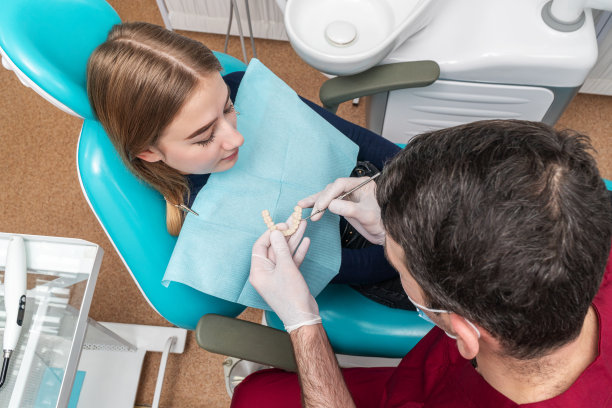The Comprehensive Guide to Extract a Tooth and What to Expect During the Procedure
Summary: Tooth extraction is a common dental procedure that may be necessary for a variety of reasons, including decay, crowding, or orthodontic purposes. Understanding the steps involved in this process, as well as what to expect during and after the procedure, is crucial for alleviating patient anxiety and ensuring optimal recovery. This comprehensive guide covers the reasons for tooth extraction, the preparation steps needed, the procedure itself, and post-extraction care, providing essential information to help patients navigate this dental treatment effectively.
1. Reasons for Tooth Extraction

There are several reasons why a dentist may recommend a tooth extraction. One of the most common reasons is dental decay, where a tooth has become severely damaged or infected beyond repair. Such cases often require extraction to prevent the spread of infection to neighboring teeth and tissues, ensuring overall oral health.
Another reason for tooth extraction is overcrowding. In some cases, the jaw may not have enough space for all the teeth, necessitating the removal of one or more teeth to facilitate proper alignment during orthodontic treatments.
Wisdom teeth, or third molars, are frequently extracted due to their tendency to become impacted. These teeth can cause pain, infections, and misalignment of other teeth, so removal is often the recommended course of action to prevent future complications.
2. Preparation for Tooth Extraction
Proper preparation is essential for a successful tooth extraction. Before the appointment, patients are typically advised to disclose their medical history, including any medications they are currently taking. This information allows the dentist to evaluate possible risks and adjust the treatment plan accordingly.
Patients may also undergo X-rays or other imaging techniques to assess the condition of the tooth and its roots. This step helps the dentist understand the tooths position and plan the extraction process with greater precision.
Additionally, patients are usually instructed on dietary restrictions before the procedure. For most patients, avoiding food and drink for several hours prior to the extraction is critical, particularly if sedation will be used, as this reduces the risk of complications during the procedure.
3. The Tooth Extraction Procedure
On the day of the extraction, the dentist will first administer anesthesia to ensure the patient feels no pain during the procedure. Local anesthesia is common for simple extractions, while sedation or general anesthesia may be used for more complex cases, such as surgical extractions.
Once the anesthesia takes effect, the dentist will carefully loosen the tooth from its socket with specialized instruments. In some cases, if a tooth is impacted or fractured, additional surgical techniques may be required to remove it safely.
After the tooth is extracted, the dentist will apply gauze to the extraction site to control bleeding. Patients are given specific aftercare instructions, including how to manage discomfort and swelling, which is crucial for a smooth recovery.
4. Post-Extraction Care and Recovery
Following a tooth extraction, proper aftercare is vital for healing. Patients are typically advised to rest and avoid vigorous physical activities for at least a few days after the procedure. This minimizes the risk of complications such as dry socket, which can occur if the blood clot at the extraction site becomes dislodged.
Dental professionals often recommend soft foods to aid recovery, as hard or crunchy foods can irritate the extraction site. Staying hydrated is also important, but patients should avoid using straws, as sucking can disrupt the healing process.
Finally, regular follow-ups with the dentist are crucial to monitor the healing process. Patients should report any unusual symptoms, such as excessive pain or prolonged bleeding, to ensure that any issues are addressed promptly.
Summary: Understanding the reasons for and steps involved in a tooth extraction helps patients feel more confident and prepared for the procedure. From the initial consultation to post-extraction care, each aspect plays a critical role in ensuring a successful outcome.
By adhering to proper dental advice and aftercare, patients can manage their recovery effectively and safeguard their oral health.
This article is compiled by Vickong Dental and the content is for reference only



